By Dominic Ngai and Jocelyn Richards
Urban exploration (often shortened to 'urbex') refers to the exploration of abandoned or inhabited man-made structures. Photography is a huge part of these ventures, which document vistas of cities unseen from the humdrum of our lives on the ground, as well as the dramatic changes of cityscapes over time.
As a result of the rising popularity of social media platforms like Instagram in the early 2010s, 'rooftopping' photos – a form of photographic documentation of urbex featuring shots taken on rooftops or other high vantage points of metropolises around the world – have infiltrated our Instagram feeds, inducing vicarious vertigo in many just by staring at these photos on our smartphones.
In China, rooftopping 'culture' began around the same time as the West, though on a much smaller scale, with only 30-40 pursuing the hobby in country today.
This month, five photographers known for their breathtaking cityscape shots from South China's rooftops – NK Chu (@NK7), Yu (@5.12), Cheuk (@cheukyh), David Yen (@chilltron4000) and Jennifer Bin (@jenniferbin) – tell us about the thrills and inescapable danger of rooftopping and how far they'd go to capture these images.
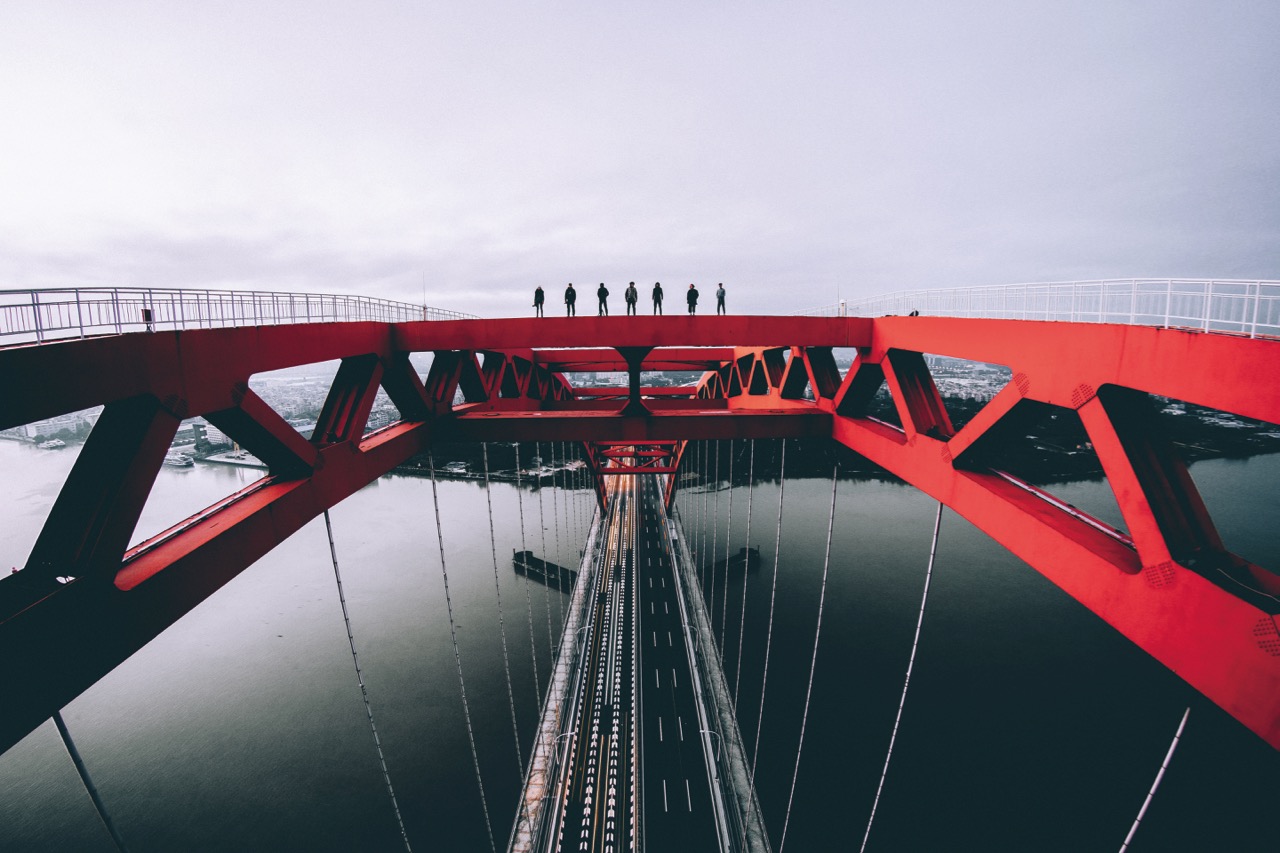
Photo by @NK7
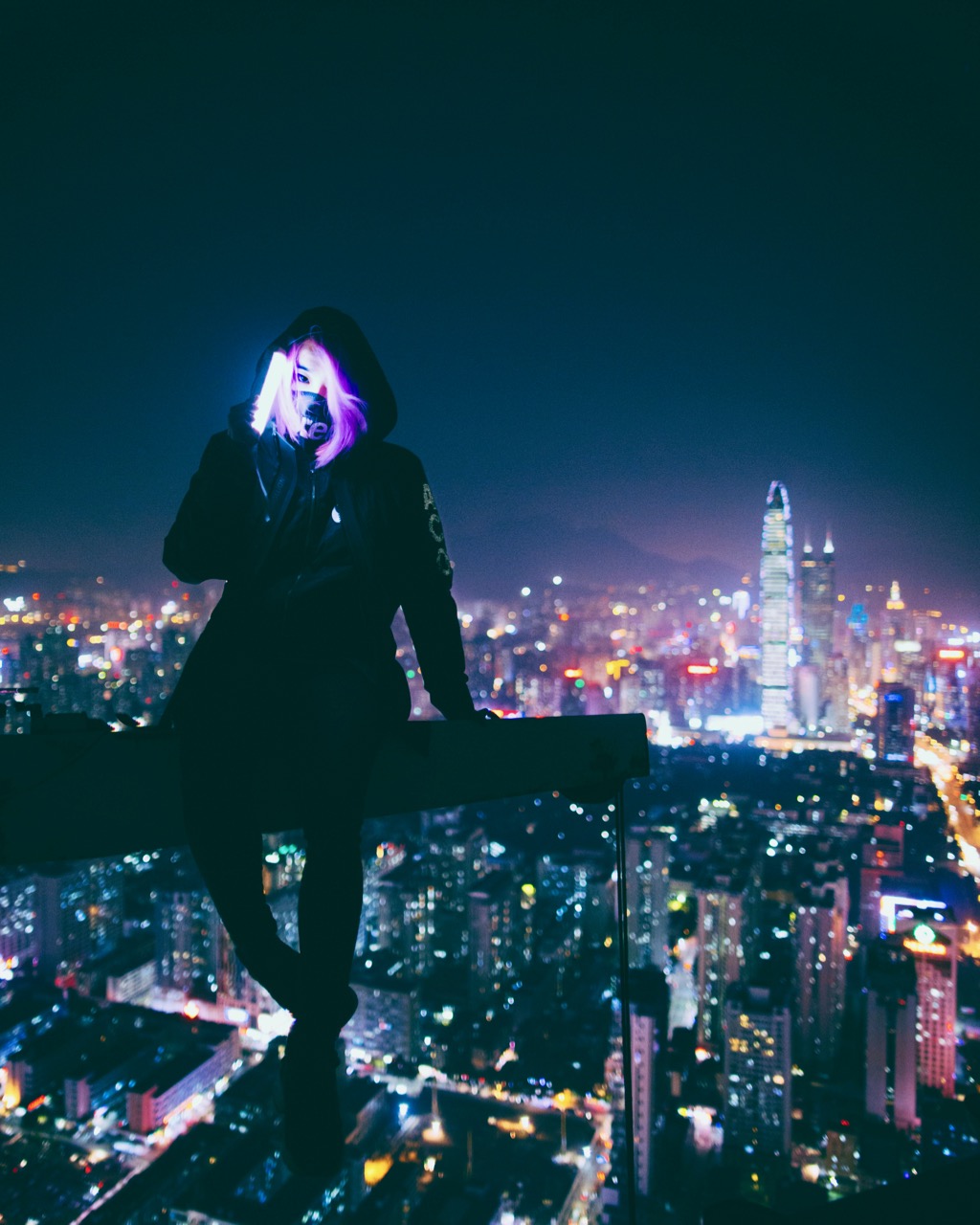
Photo by @NK7

Photo by @NK7
A term that first appeared in Canadian urban explorer Jeff Chapman's 2005 book Access All Areas, rooftopping was popularized when Tom Ryaboi's (@roof_topper) photograph titled 'I'll Make Ya Famous' made headlines in publications around the globe in 2011.
For PRD-based photographers NK Chu (@NK7), Yu (@5.12) and Cheuk (@cheukyh), however, the term is largely irrelevant.
"When we first started rooftopping two years ago, we didn't know it had an official title. We just wanted to explore and see the city in a different way so we could show others how fascinating it is with our photos," NK says, adding that his crew is mainly interested in rooftops – high or low – that offer the best views.
"Some people I see go to rooftops to show off and get likes on social media, but we do it for ourselves, to satisfy our spirit of exploration" – @NK7
After studying architecture in Shanghai, NK moved back to his home province of Guangdong in 2014, where he began a career in professional photography. Instagram – the platform many aspiring urban explorers use to share photos and meet rooftopping enthusiasts from around the world – introduced him to Yu and Cheuk as well as Shanghai-based photographers Jennifer Bin (@jenniferbin) and David Yen (@chilltron4000).
Each with tens of thousands of followers on Instagram, NK, Yu, Cheuk, Bin, Yen and a band of other brave souls often go on expeditions to explore, discover and shoot different rooftops in cities throughout China. Occasionally, they are joined by other urbex photographers visiting from around the world.
Jennifer Bin, a Torontonian now famous for her breathtaking photography and shock of baby pink hair (and for being one of China's most Instagrammed people), has been on rooftopping trips to Shenzhen, Guangzhou, Hong Kong, New York and Tokyo. She likes shooting in southern China, she says, where "cityscapes are denser and you can get a lot of different views."
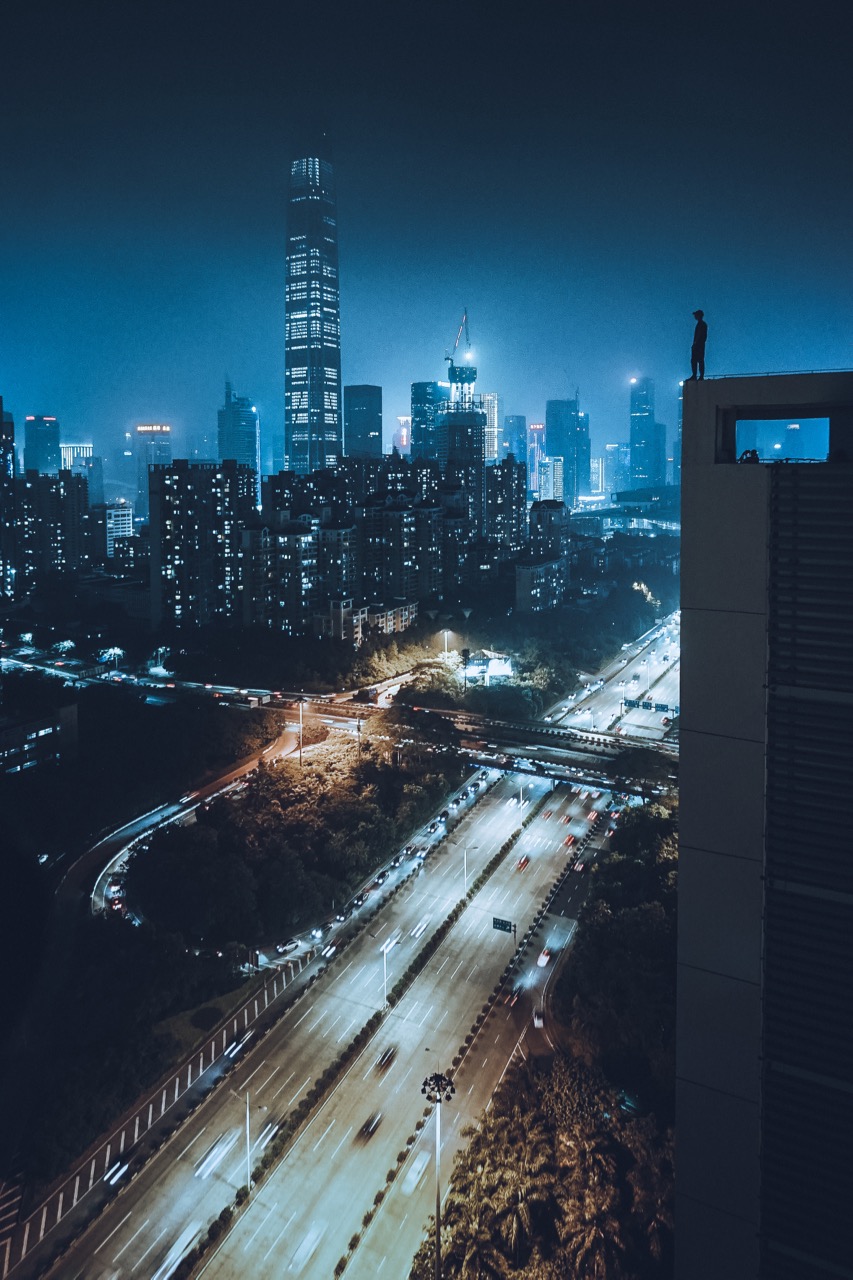
Photo by @jenniferbin
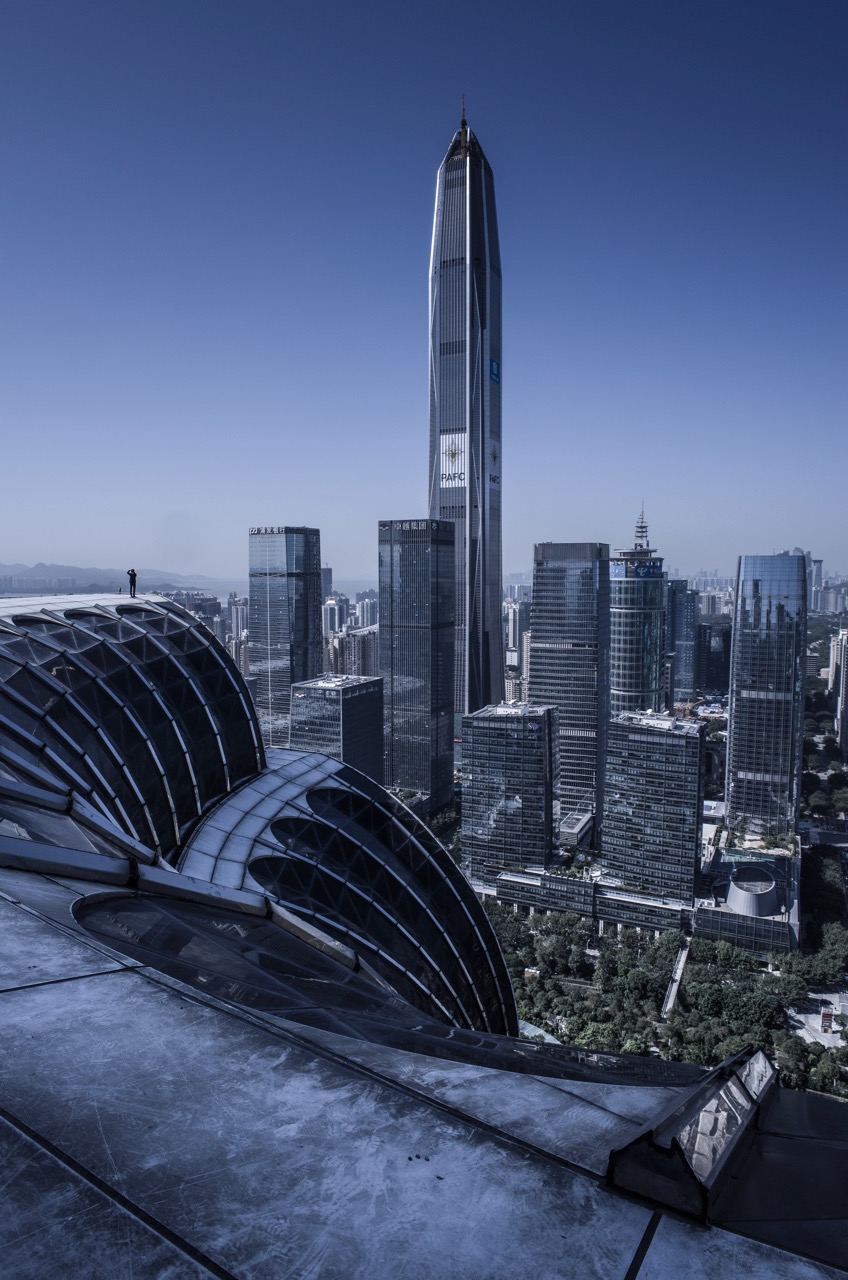
Photo by @jenniferbin
A huge fan of science-fiction movies and TV shows since she was young, Bin's photographs reflect her penchant for the genre. "When I moved to Shanghai, I saw all these futuristic elements around me," she explains.
"A lot of times, tall buildings in cities are accessible only to rich people who can afford a presidential suite. I want to liberate these views for other people" – @jenniferbin
Similar to Bin, the Instagram feed of David Yen – who was born in Taipei and raised in the US – is full of cityscape photos, many of which are snapped from the tops of perilously tall buildings around Asia. "I started doing it because I want to experience and present cities in ways that people don't see on the daily, to offer a different perspective," he says.
For them, there are two schools of rooftoppers: the old-school photographers, who seek to capture the unique angles, structures and aesthetics of a city and for whom rooftopping is only a part of their repertoire, and the 'new rooftoppers,' who see the stunts they perform and the height or number of rooftops conquered taking center stage.
While some claim the two groups get along, others see the new generation imitators as more of a threat. "After we discover a new place and post about it, tons of people head there afterwards and do dangerous stunts. Some even foolishly approach bao'ans directly and ask how to get to the roof, and then it will be locked and no one can go anymore," bemoans Shenzhen-based photographer Cheuk, who prefers to stay under the radar and avoids posting his photos on Chinese social media sites.
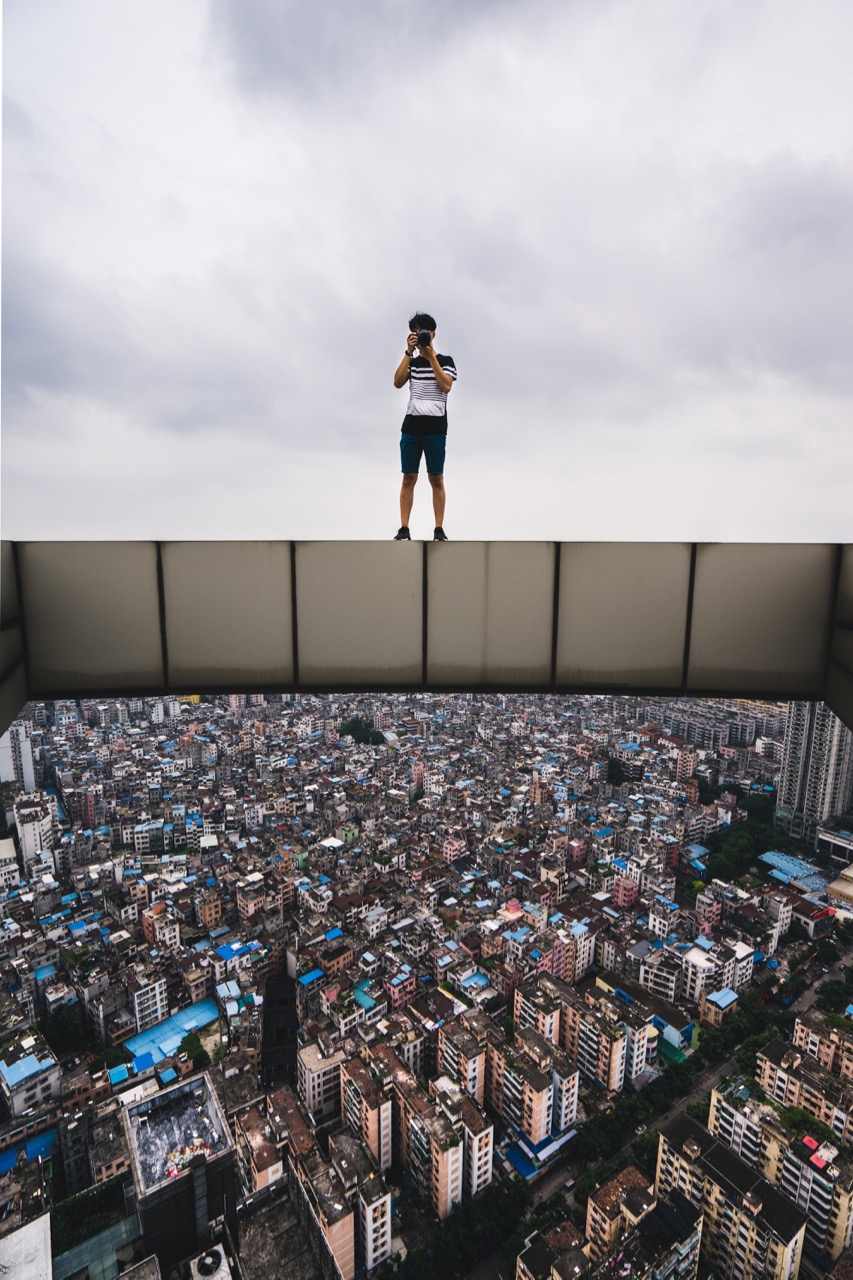
Photo by @cheukyh
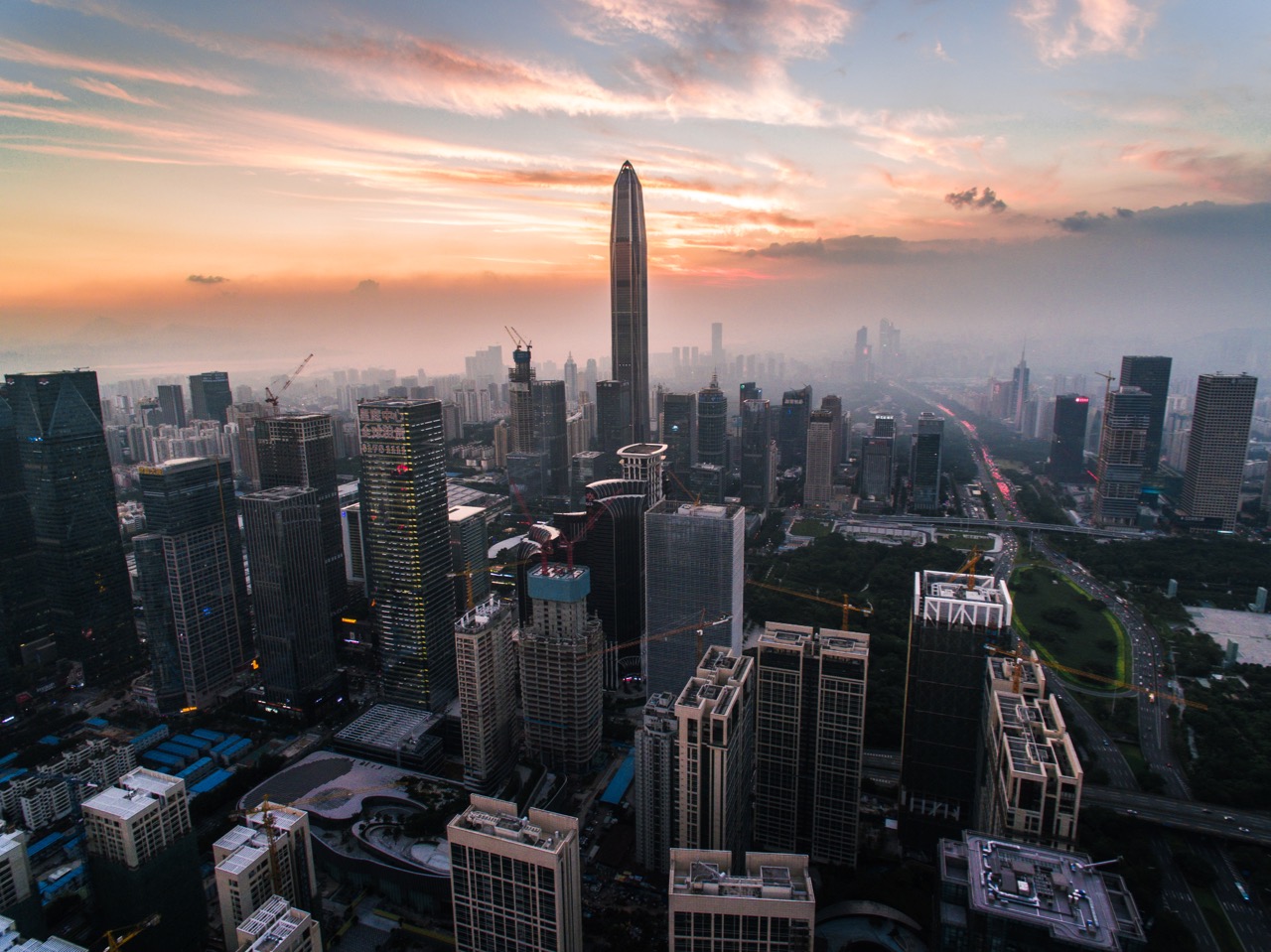
Photo by @cheukyh
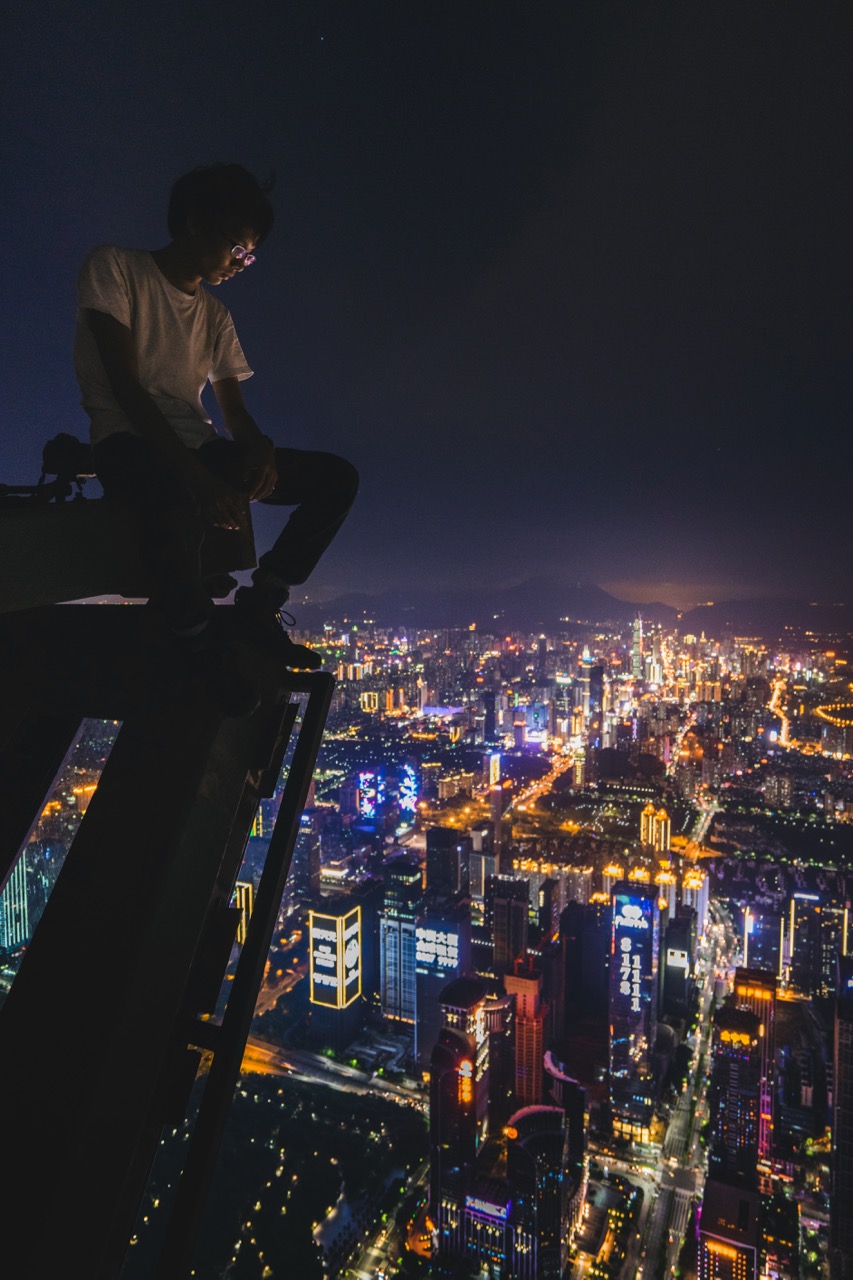
Photo by @cheukyh
His friend, Yu, agrees, adding that finding your own way to the top is part of the thrill. "For me, the process of getting to a roof is fun – figuring out how to enter a building and then searching for the best place to snap a photo."
Though Yu admits to using a drone sometimes to capture cityscapes from new angles (since he's already exhausted every last rooftop view in Guangzhou), the outcome isn't ideal.
"When you physically climb to a roof, each photo you take has a story behind it... photos taken with a drone are missing that feeling, that experience" – @5.12
In general, the higher the roof, the tighter the security – unless you're attempting to climb Shenzhen's 115-story Ping'an International Finance Centre, which is surprisingly accessible.
"For some reason, it's quite easy to get into Ping'an," NK laughs. "Sometimes we think their PR team intentionally lets the security be pretty loose, so people can get in and take photos as promotion."
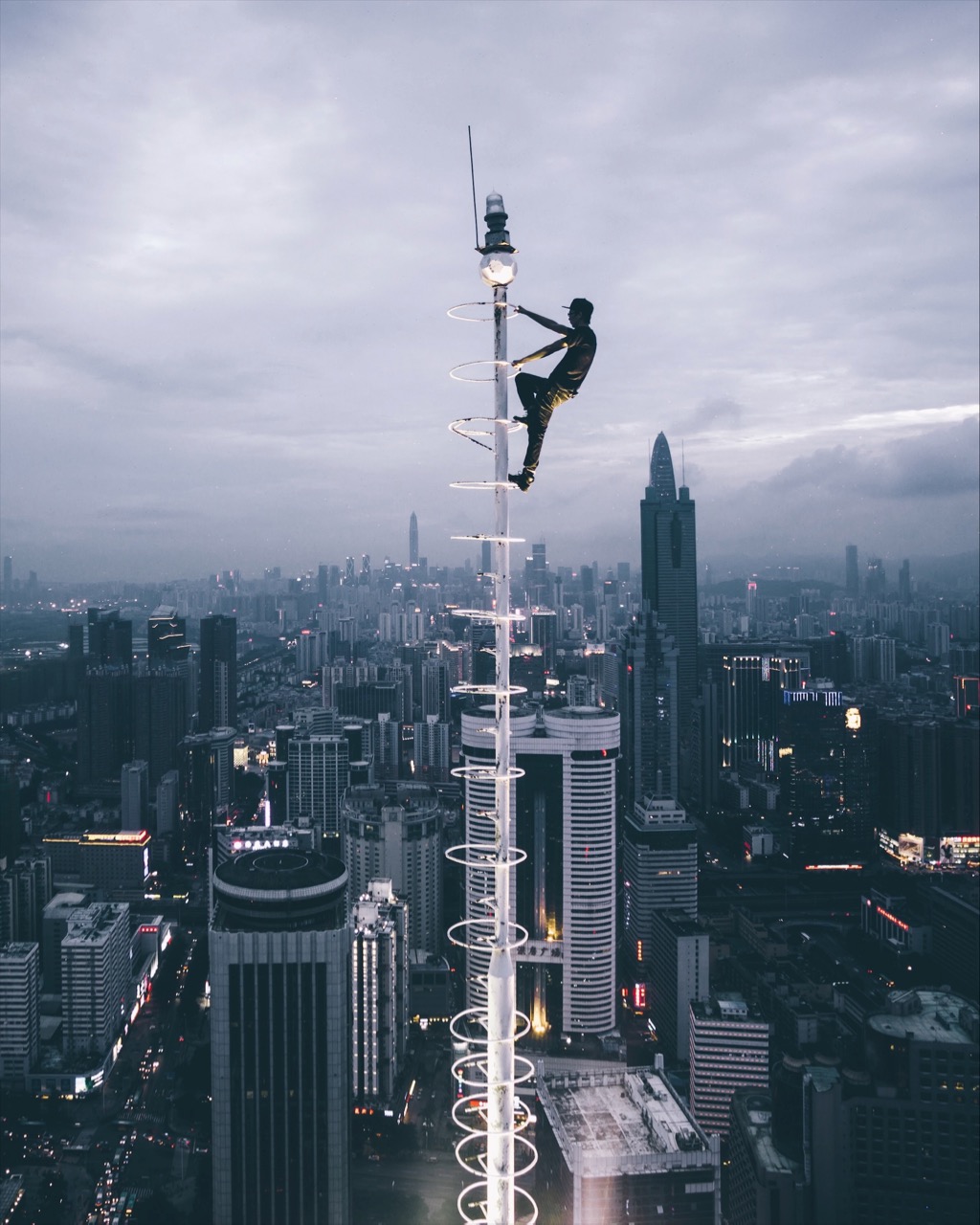
Photo by @5.12
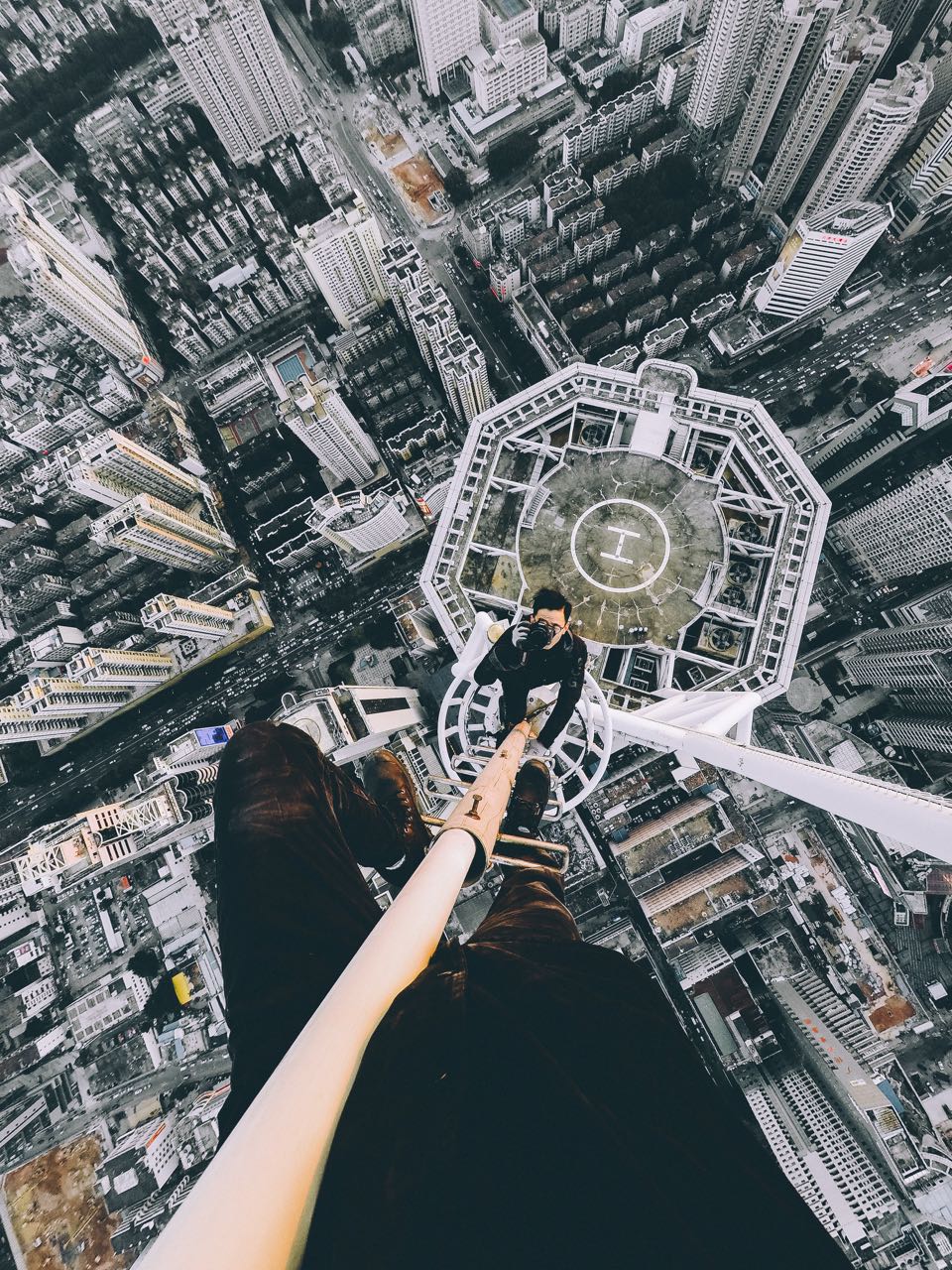
Photo by @5.12
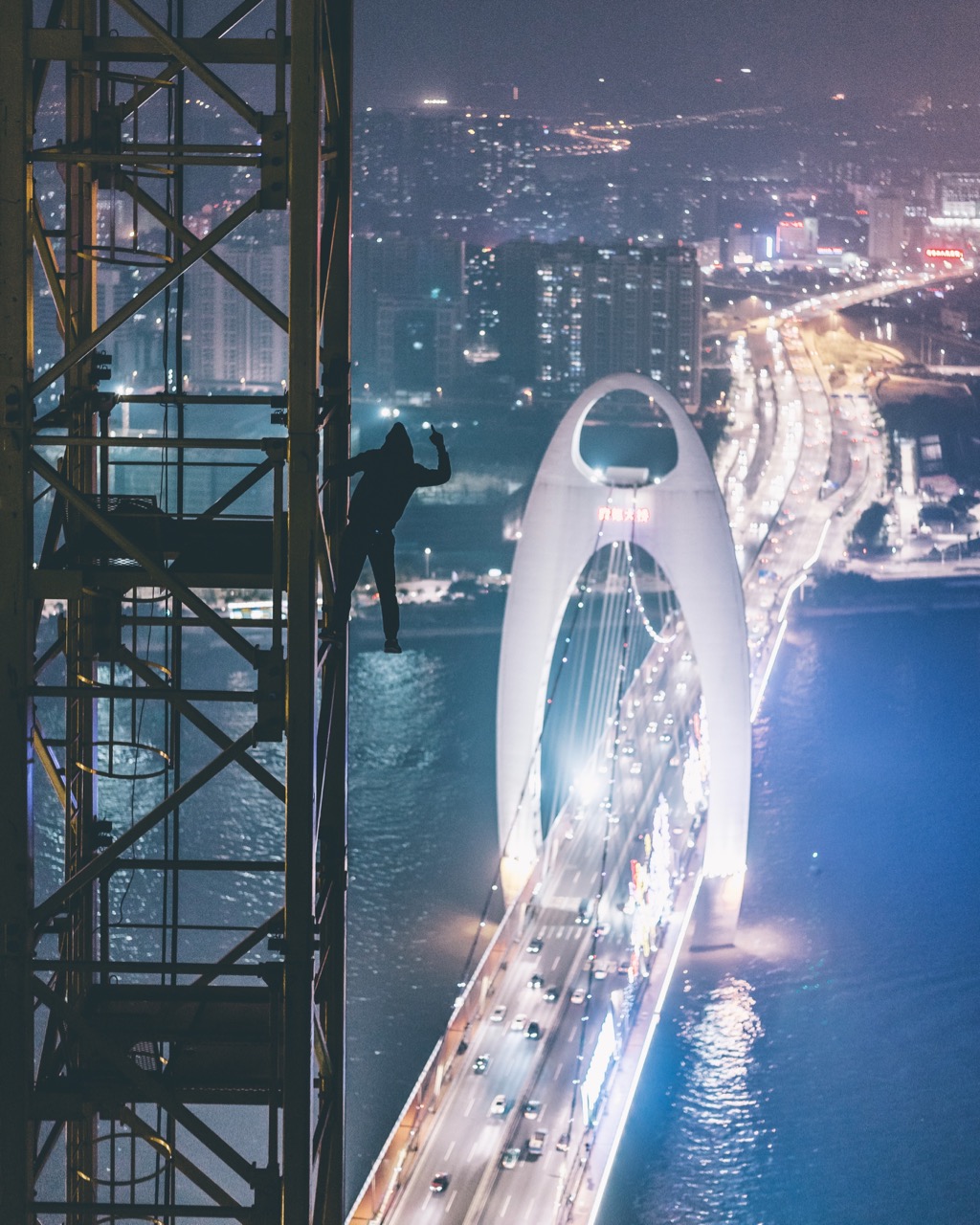
Photo by @5.12
Once at the top, rooftoppers follow an unspoken code of conduct: rooftops should never be vandalized, and everything must be put back into place like it was when they arrived at the scene.
"We might scope [the rooftop] out a few days beforehand to see what's possible and what's not, otherwise, it's always quite spontaneous," says Yen about what he does to prepare for one of these shoots. Depending on the situation, they can spend anywhere from a few minutes to a few hours on each roof. Upper body strength and good footwear are important, he says, and rainy and windy days are off limits.
Concerns for safety shouldn't be taken lightly. Reports of rooftopping-related deaths have been widely reported in the West. In December 2015, a 24-year-old photographer fell off a 52-story-tall building in Manhattan while trying to climb a wet rooftop. Last October, another photographer from the Big Apple also met a tragic demise when he fell off the top of a moving train, a worrying example of how far urbex photographers are willing to go for Instagram fame.
"Be a photographer first and foremost" – @chilltron4000
"There's a new wave of rooftoppers who are eager to hit a roof, do some dangerous things and post it immediately, whereas some old-school photographers might go to a roof to shoot but might not post it until months later, just to preserve the spot and not draw too much attention to it," Yen says.
The scene in China may be smaller than in other countries, but it's also somewhat friendlier. "In Toronto, rooftoppers are super competitive and cliquey, some even put their own locks on doors to prevent others from entering their territory," says Bin.
Somewhat humbly, she attributes the rapid growth of her own following to the fact that there aren't many Instagrammers in China, explaining that people outside the country are interested to see what it's like to live here and the architecture that defines its urban skylines.
"Besides," she says, "people also like to see dangerous looking photos."
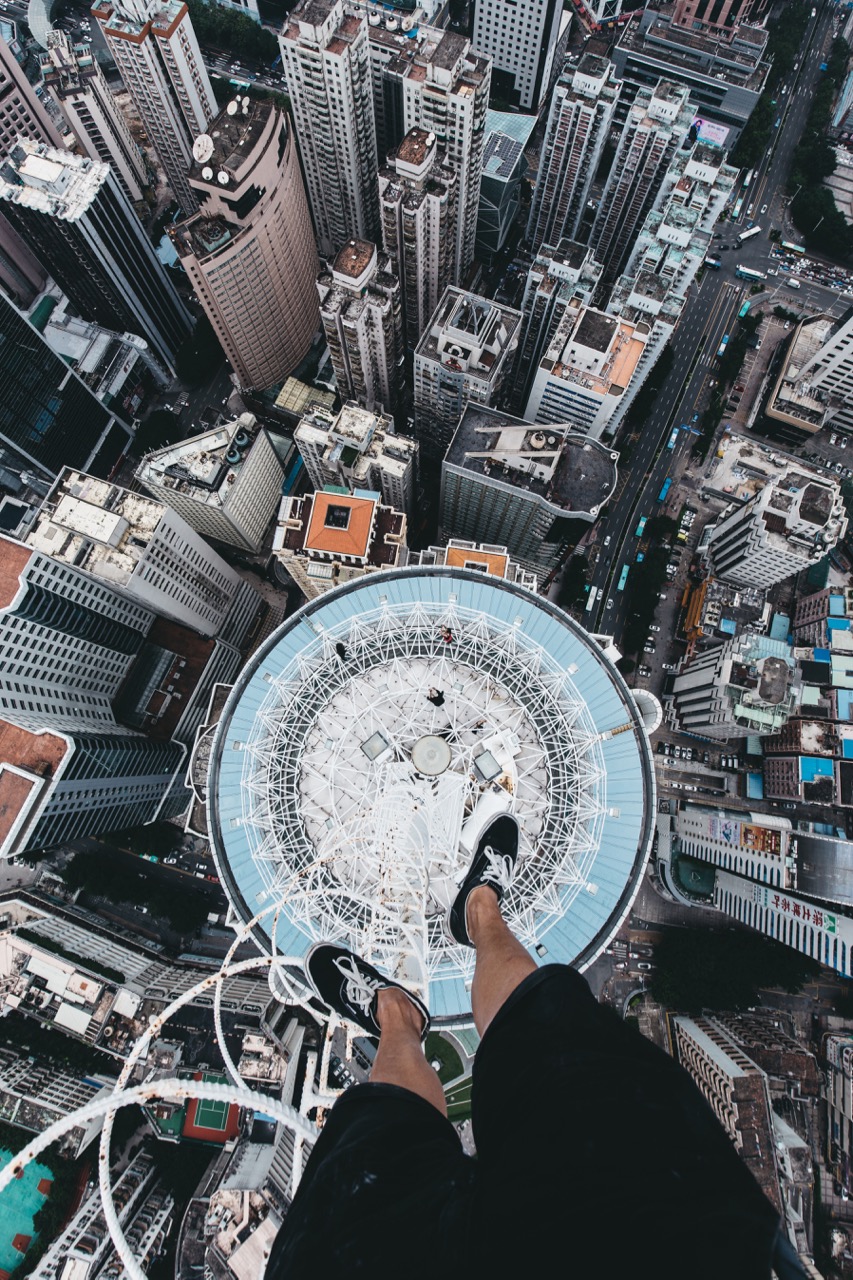
Photo by @chilltron4000
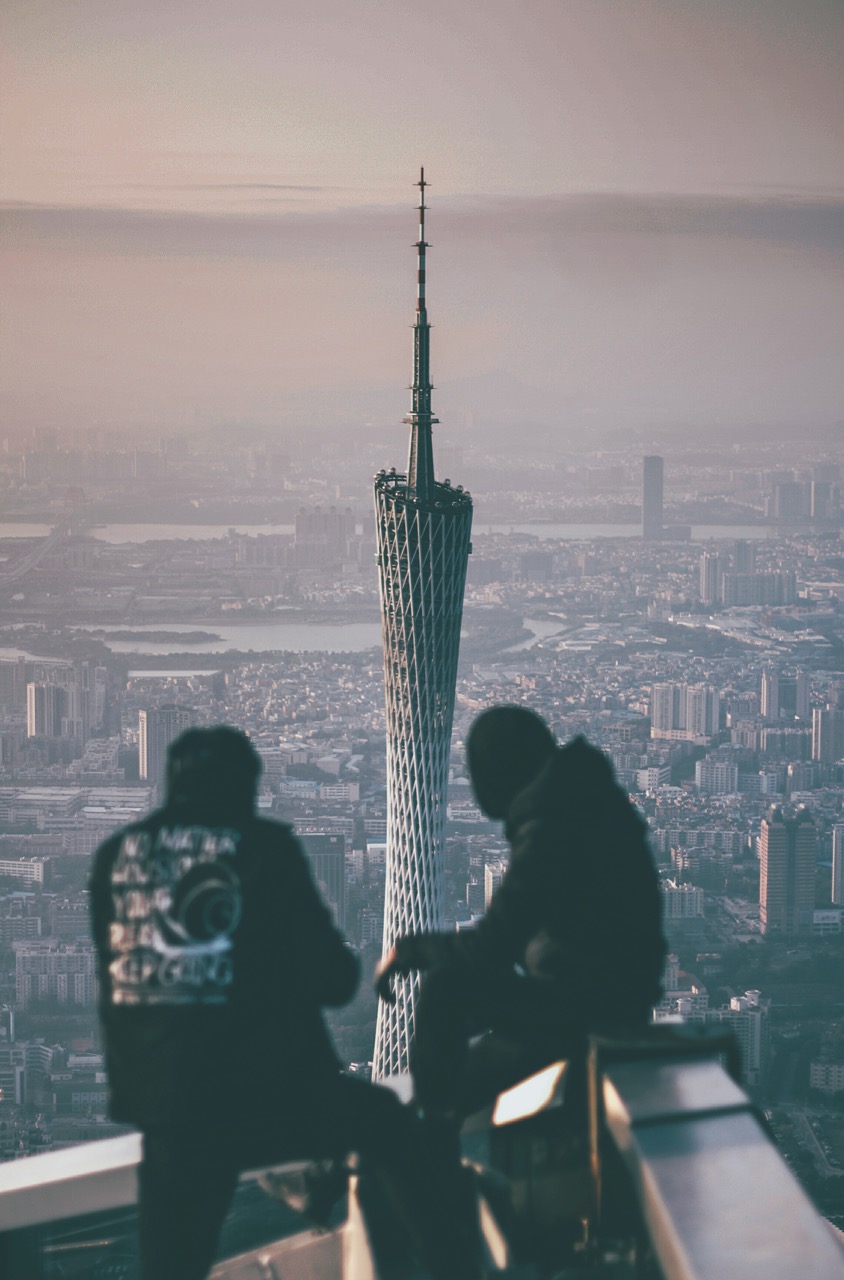
Photo by @other.1
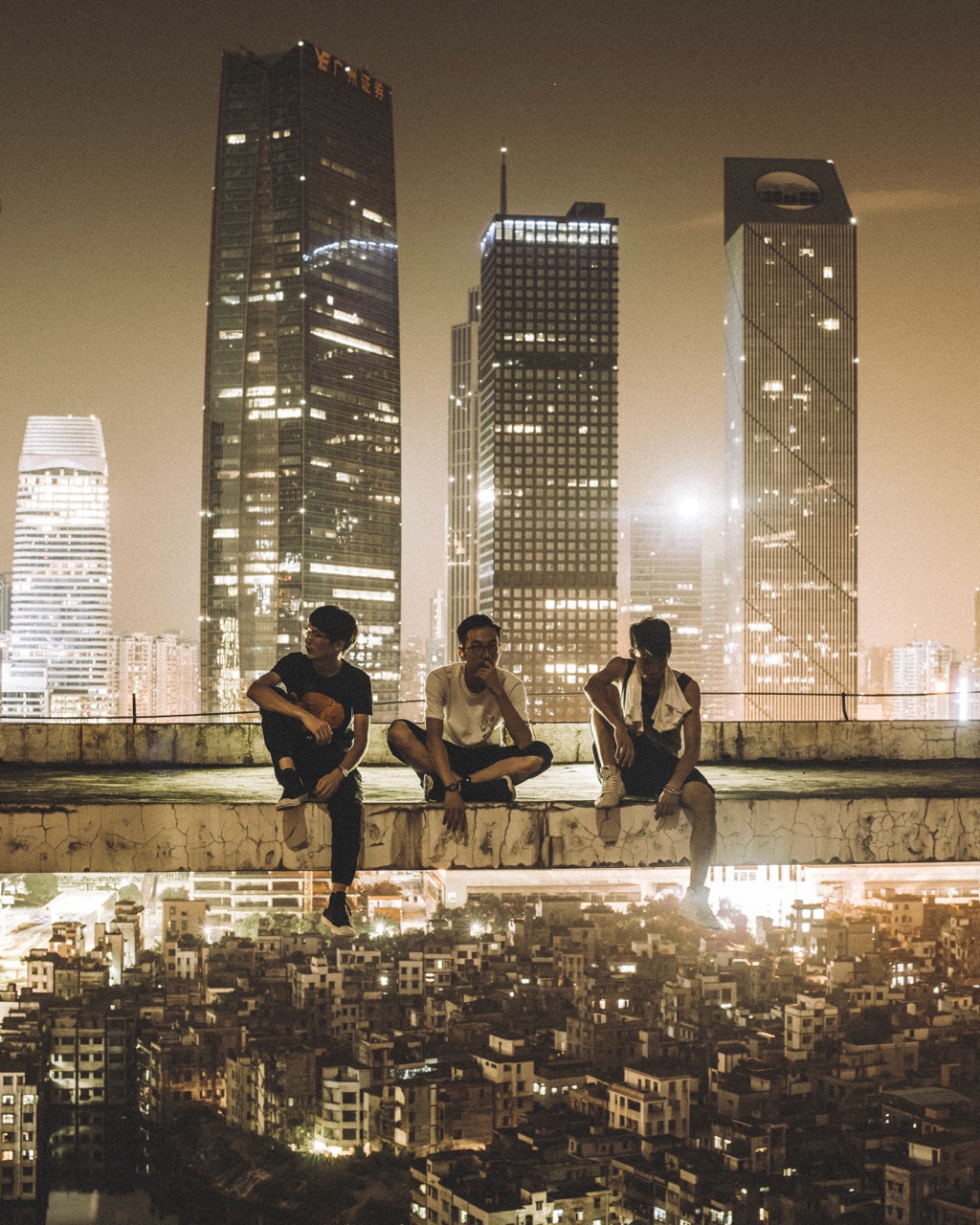
Photo by @asteryx
READ MORE: Thrilling Shots from Rooftoppers Show Shanghai from Above
[Cover image via @other.1]
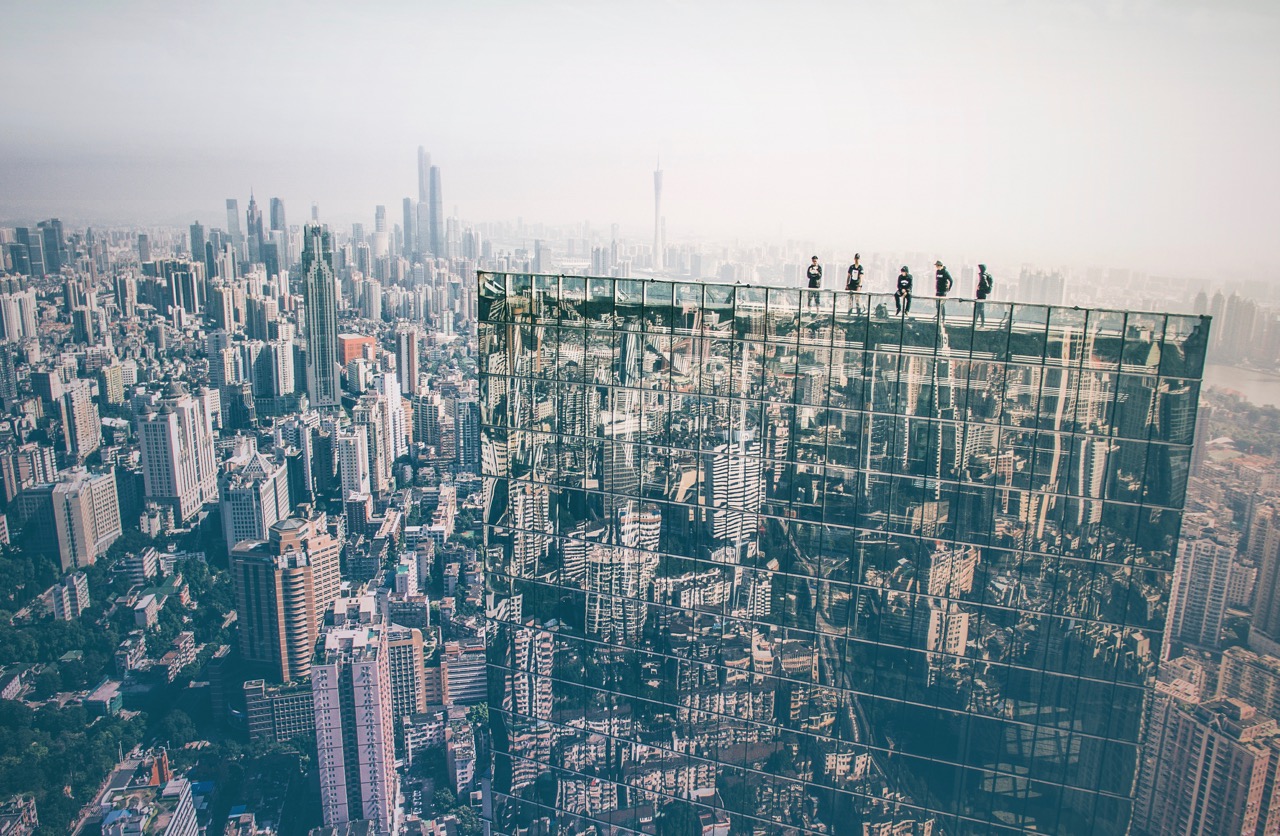




















0 User Comments